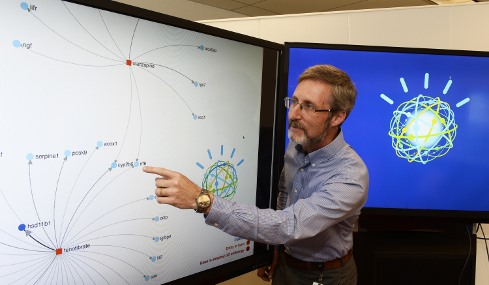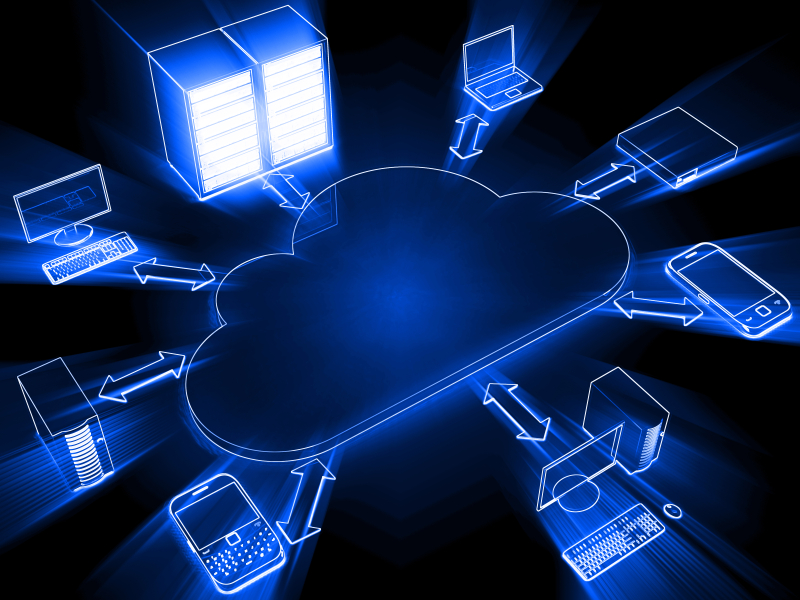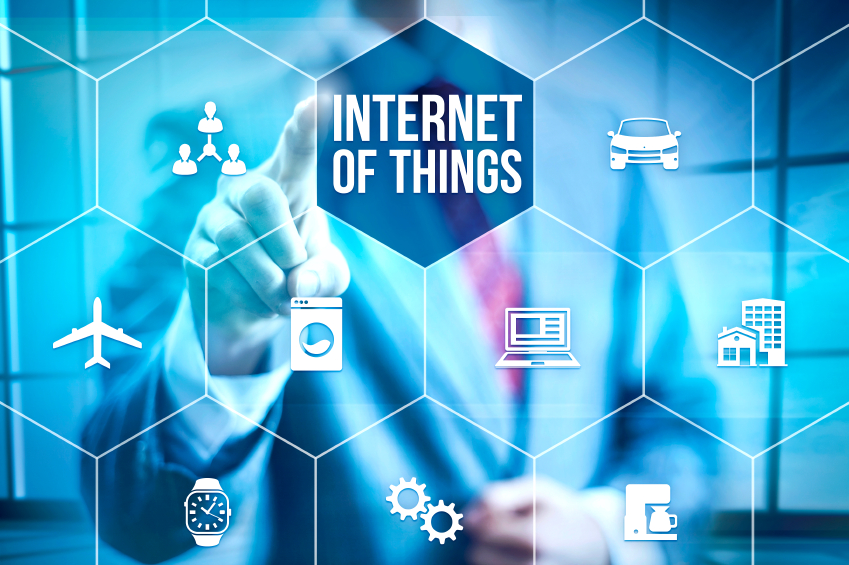"Disruptive Tech {Education}"
Education

Machine Learning and Cognitive Computing
Since the dawn of the computing era, scientists have been fascinated by the idea of artificial intelligence, and today that idea is becoming reality. Several companies, including IBM, Facebook, Google, Apple and Microsoft are investing in machine learning and or cognitive computing research. These systems function more like the human brain than traditional computer systems. They are able to understand natural language, to identify and categorize the content of images and video, and to make educated guesses and hypotheses in response to questions.
IBM demonstrated the capabilities of cognitive computing when its Watson system participated in -- and won -- the television game show Jeopardy. Today, only 1% of developers are embedding cognitive capabilities into their apps, but by 2018, more than half of developers will likely do so.

Cloud computing
At this point, cloud computing is hardly new, but this is one trend that isn't going away any time soon. IDC predicts that by 2018, half of IT spending will be cloud-based. Many organizations are overcoming their security and compliance concerns and embracing the cloud wholeheartedly.
This year, analysts and vendors suggest that hybrid cloud computing models will come to the fore. Look for software makers to release a new crop of tools designed to improve cloud interoperability and automate management of the hybrid cloud.

IoT
The Internet of Things, or IoT, could be one of the most sweeping technological changes of our lifetime, and it's getting a lot of attention from analysts and the press. In a nutshell, IoT involves installing chips, sensors, and software in a wide variety of objects and then connecting those objects to the Internet. The connected objects might include home appliances, wearable devices, vehicles, thermostats, locks or even small adhesive tags that could be used to track anything.
Manufacturers have already begun rolling out smartwatches, fitness trackers and smart home devices, but this is just the first wave. Analysts suggest that by 2018, there will be 22 billion IoT devices installed. For enterprises, the IoT could represent new ways to communicate with customers, new ways to track employees, and a host of other opportunities. The challenge for IT will be finding ways to store and analyze all the data generated by these new smart devices.



